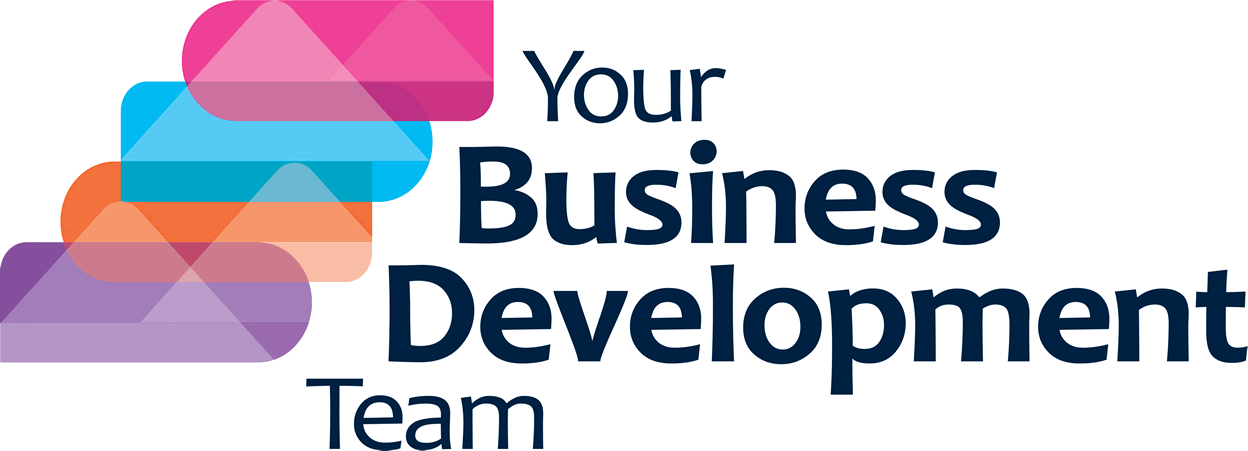I have written before about the five obstacles to making a sale as described by Zig Ziglar, one of which is desire. It makes perfect sense that people will not buy from you unless they have a desire – also referred to as pain – which forces them to do something about a situation. The Million Dollar Question is of course, how you find out that a company in your target market is having an issue which you can solve…
One of the latest buzz words in the B2B industry is intent data marketing; in this Blog I attempt to explain what it is and how it might be used by SMEs.
- What is intent data?
There are many definitions out there, here is my favourite one which was taken from a Blog written by Aberdeen, who are a supplier of Intent-based marketing and sales solutions:
‘Intent data comes in two flavours: First-party and third-party. First-party intent data is user behavioural information you capture on your own website, in your CRM system, through customer feedback, or application logs. Third-party intent data is user behavioural information that is collected by co-operative networks of B2B publishers via user registrations, tags, cookies, or tokens embedded within a website’s code.
An intent data provider captures online buyer behaviour, tracking specific companies’ active research levels against specific solutions / products / industry categories. The data is then used to calculate an intent score, which indicates the likelihood that the company actively researching will make a purchase in the category.’
- Is it worth focusing on?
Most analysts seem to agree that purchasing intent data is not a cheap solution. It, of course, depends on the platform you use and your requirements. Many companies might also be uncomfortable with putting many eggs in the ‘data basket’ particularly when it involves spying on people’s behaviour.
That said it seems to be an effective way of identifying warm leads who might be easier to convert. Building a pipeline in the B2B environment can be both lengthy and costly so finding ways to make it more efficient should not be sniffed at.
The next question is of course, is it a solution that can be used by SME’s or is it more geared towards corporate? I believe it is the sort of solution which is open to any company if they are prepared to invest the time and budget in making it work for them. Any company can improve their first party engagement through using good content, calls to action and effective customer journey on their website. Third party intent data is an area where relatively high costs may make it less accessible for SMEs.
- Intent Data for SMEs
When it comes to marketing and sales SMEs, in general, have smaller budgets, less resources, time and expertise. This means that they often end up unaware of new solutions that might be all the rage in the marketing world. Whilst intent data sounds like a big, complicated term, a lot of it is not new. Moreover, you may already have some of it at your fingertips. Here are some examples:
- Google Analytics reports
- Lead Magnets
- Downloadable materials
- Social Media
- E-mail marketing
The important thing is to understand how you use this data to increase your lead conversion. We now offer a new lead generation product which combines using intent data with direct marketing. Read more about it here.

